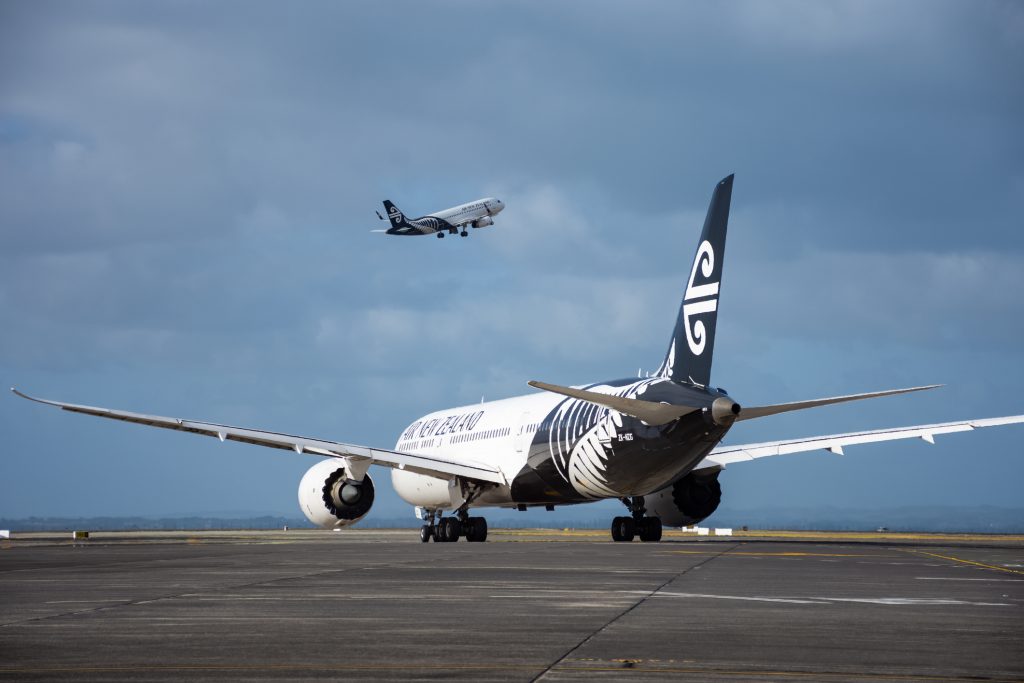- Impacts & Adaptation
Research Programme
- Ryan Paulik
NIWA - View the full team
Project Lead
-
Budget
$450,000 -
Duration
October 2020-September 2023
-
Completed project
Infrastructure disruption from coastal flooding
National assessment of critical infrastructure network service disruption from future coastal flooding
Climate-resilient infrastructure networks are essential for New Zealand’s long-term social and economic wellbeing.

With rising sea levels New Zealand’s infrastructure becomes more exposed to coastal flooding. Previous research estimates that just 10cm of sea-level rise will expose an additional 130km of road, 360km of three-waters pipes, and 45km² of productive land to extreme coastal flooding. But what does this exposure mean? Which roads at risk of flooding might cut off local communities? What is the impact of a pump station flooding on other infrastructure networks? How does recovery change with higher levels of sea-level rise? Previous Deep South Challenge research means we know that pieces of critical infrastructure are exposed, but we don’t always know what that exposure means.
This research focused not only on where, but also how future coastal flooding may disrupt national infrastructure. Ryan Paulik (NIWA), co-lead of the project, explains: “We pieced together maps of critical infrastructure. We then modelled damage in different flooding scenarios and worked out not just the potential damage to infrastructure, but how flooding could disrupt services to communities and put those populations at risk.”
The team produced an improved national dataset of extreme coastal flooding. These datasets (or “maps”) built on previous work in important ways. The maps were produced using a hybrid national elevation dataset from local government and satellite sources. Significantly, flood protections were included in the mapping for the first time. To ensure the maps stay current, they will be easily updatable when new information becomes available.
Iwi considering whether it is necessary to move their urupā think in timescales very different to engineers considering how storm events affect a coastal road. To meet this need, different time scales for coastal flooding were be mapped for extreme sea levels events, from two years to 1000 years.
The research team at the University of Auckland collated infrastructure assets inventories across a range of networks: road, rail, airports, ports, water supply, wastewater, solid waste, petroleum, electricity, and telecommunications.
Coastal flooding may cause short-term disruption, such as temporary flooding of a railway line, or more significant damage that requires repairs, such as washed out bridges. Understanding these relationships between flood depths and resulting damage to infrastructure are a vital component of the modelling drawing on evidence from historic floods both local and globally.
Coastal communities are not the only communities at risk. Rural communities living inland can become isolated when a single-access road is flooded. If a substation is flooded, then whole suburbs could be without electricity and infrastructures, like telecommunications, that rely on electricity to function. With this in mind, the research also aimed to produce a deeper spatial understanding of how infrastructure failure can potentially disrupt communities far from coastal areas.
Check out a plain-language summary of this research, here.
PROJECT TEAM
-
Ryan Paulik
NIWA -
Conrad Zorn
University of Auckland -
Liam Wotherspoon
University of Auckland -
Ben Popovich
NIWA -
Scott Stephens
NIWA -
Sanjay Wadhwa
NIWA -
Tilmann Steinmetz
NIWA